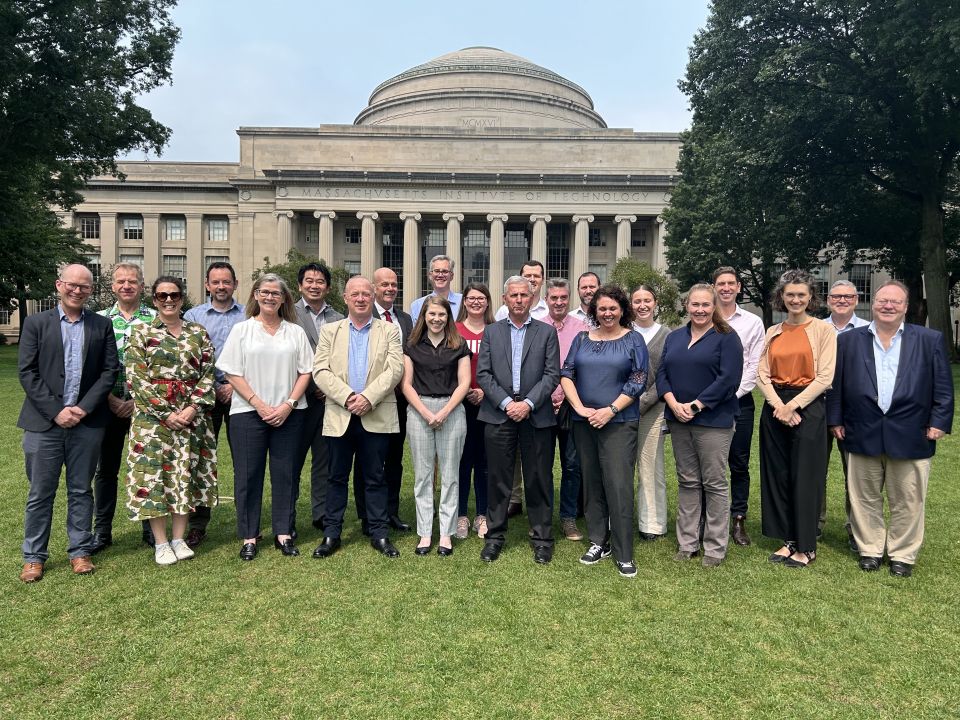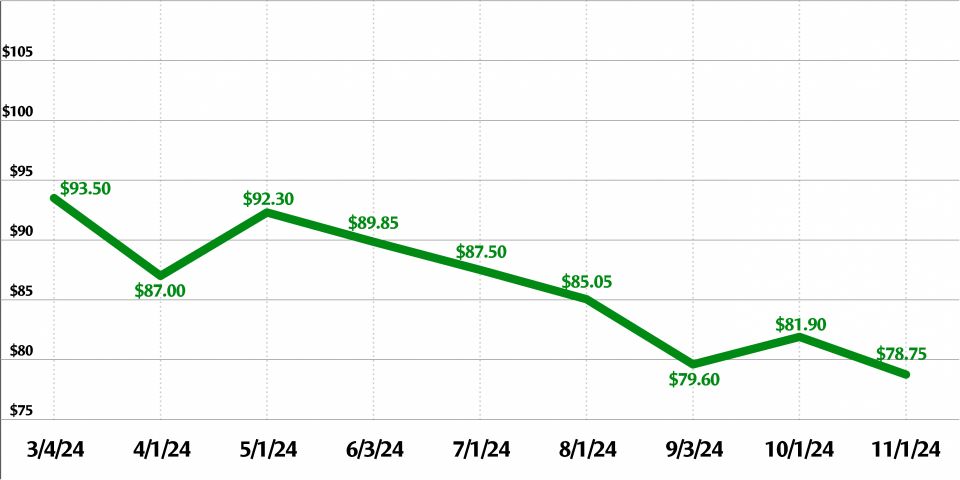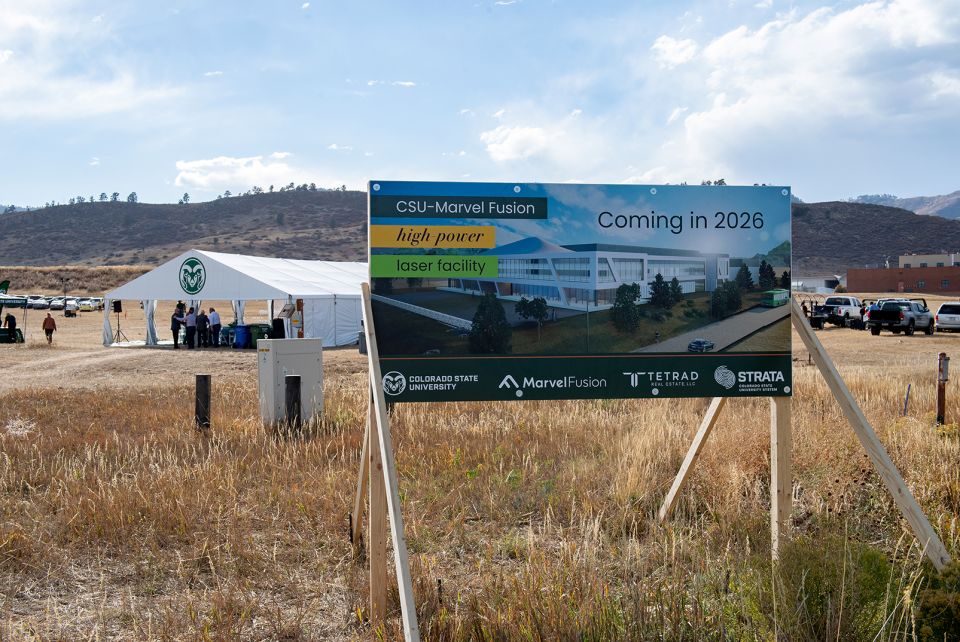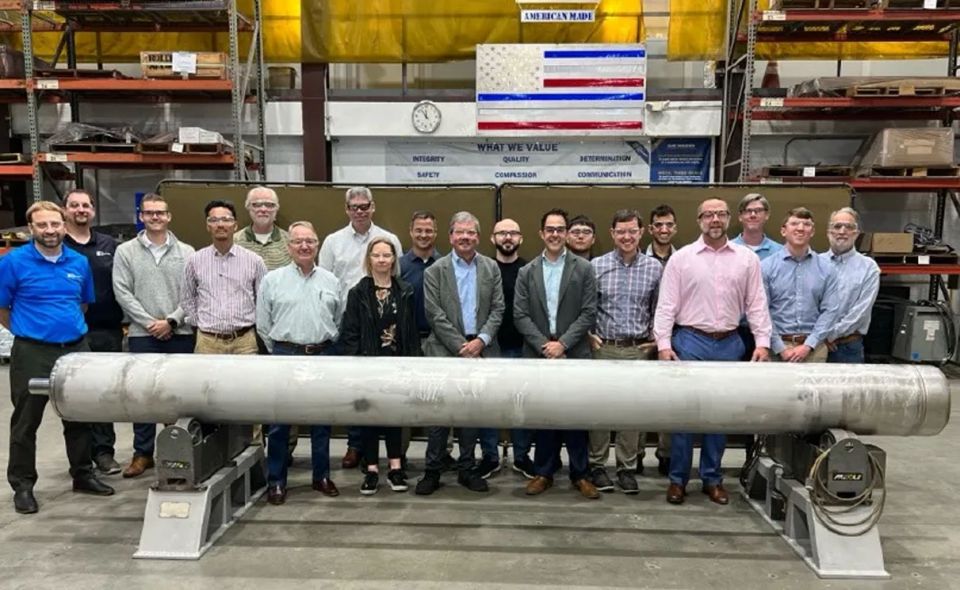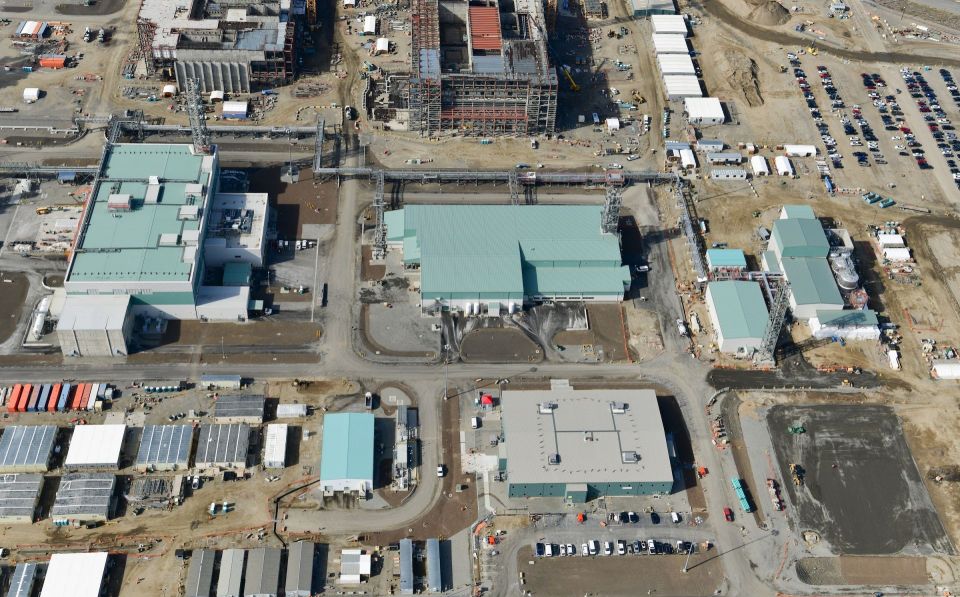DOE funds AI-assisted hunt for biomarkers of low-dose radiation health effects
Funds earmarked for “integrated biological and computational low-dose radiation research” will go to 14 university research projects in a new approach to federally funded low-dose radiation research that leverages artificial intelligence and machine learning to find cellular markers of radiation health effects. The Department of Energy announced on August 21 that these 14 projects on cellular and molecular responses to low-dose radiation would collectively get $19.5 million in funding over three years.
AI out front: The DOE’s Low Dose Radiation Research Program, within the Office of Science’s Biological and Environmental Research (BER) program, “supports research to develop a disease risk prediction and, in the longer term, inform radiation protection measures for the public and the workplace,” according to the DOE’s announcement.
Research goals for the newly announced funding include developing integrated biological and computational approaches and comprehensive datasets to take advantage of recent advances in AI and ML technologies to understand changes in cellular metabolism due to low-dose radiation exposure.
The initial projects will develop a series of “highly curated experimental datasets across a range of cell types” that can then serve as training data for AI/ML modeling of low-dose radiation health effects.
The research will use model systems ranging “from model human-derived cells/organ systems to mouse models and computational models.” According to the DOE, the research “has the potential to expand understanding of low-dose radiation effects on cellular processes, identify biomarkers of radiation exposure, and refine risk predictions of health effects associated with low-dose radiation from a more mechanistic perspective.”
“These new projects take advantage of the latest advances in biotechnology coupled with advanced computational techniques (AI/ML),” said Dorothy Koch, associate director of DOE-SC’s BER program. “The new integrated approach could lead to broader insights into the transient and persistent effects of low-dose radiation exposure and potential linkages to health effects.”
In pursuit of biomarkers: There are no specific biomarkers associated with radiation-induced cancer, as the DOE’s December 2023 funding opportunity announcement notes. Because much of what is known about human health effects of radiation has been derived from studies of radiation effects at high dose levels, health effects of low-dose radiation are uncertain. Yet radiation is part of the natural world—natural background radiation makes up nearly half of the radiation dose that Americans receive—and is also part of our modern health care system. A significant majority of anthropogenic radiation is due to medical applications, including radiography, CT scans, and nuclear medicine.
In the absence of reliable data on low-dose and low-dose-rate radiation health effects, the linear no-threshold (LNT) model, which assumes that radiation harm increases linearly with exposure and that zero harm exists only at zero exposure, has been central to radiation protection regulations for decades.
The new round of funding represents the BER program’s interest in using biological and computational research to gain “a mechanistic understanding of the effects of low-dose radiation exposure on cellular functions.” The research approach “may also provide new insights into the uncertainties of health effects seen in epidemiological studies due to low-dose radiation exposure and provide a basis to explore links to health effects other than cancer.”
The FOA called for “biological research conducted with well-defined and/or known exposures to low energy transfer (LET) radiation sources (high energy electrons, protons, x- and gamma rays) across a range of low-dose exposures (<100 mGy encompassing 10 mGy) and dose rate ranges encompassing 5 mGy/hr.”
Following NASEM direction: As noted in the FOA, “A recent NASEM strategic plan for low-dose radiation research published in 2022 provided several recommendations for a renewed effort in low-dose radiation research.”
That report, released in June 2022 by the National Academies of Sciences, Engineering, and Medicine, estimated that $100 million annually would be required over 15 years to develop a coordinated research program co-led by the DOE and the National Institutes of Health to study how low doses of radiation affect disease risk.
“As an initial step toward this goal,” the FOA states, “DOE will initiate biological research focused on the development of new and/or revised experimental datasets integrated within AI/ML computational frameworks to explore these linkages, identify underlying mechanisms, develop improved risk models for dose and dose rates, and ultimately develop more individualized risk estimates.”
The awards: Fourteen projects were selected by competitive peer review and involve multi-institutional teams with diverse experimental and computational approaches. Total funding is $19.5 million for projects lasting up to three years in duration, with $11.7 million in fiscal year 2024 and outyear funding contingent on congressional appropriations.
The 14 principal investigators hail from 14 institutions: Columbia University, Georgetown University, Hauptman Woodward Medical Research Institute Inc. (an independent research facility affiliated with the University at Buffalo), the Keck Graduate Institute of Applied Life Sciences (a member of the Claremont Colleges), Northwestern University, Rensselaer Polytechnic Institute, Stanford University, University of Florida, University of Nevada–Las Vegas, University of North Carolina–Chapel Hill, University of Tennessee, University of Texas Southwestern Medical Center, University of Washington, and University of Wisconsin–Milwaukee.
More information can be found on the Biological and Environmental Research program homepage.


